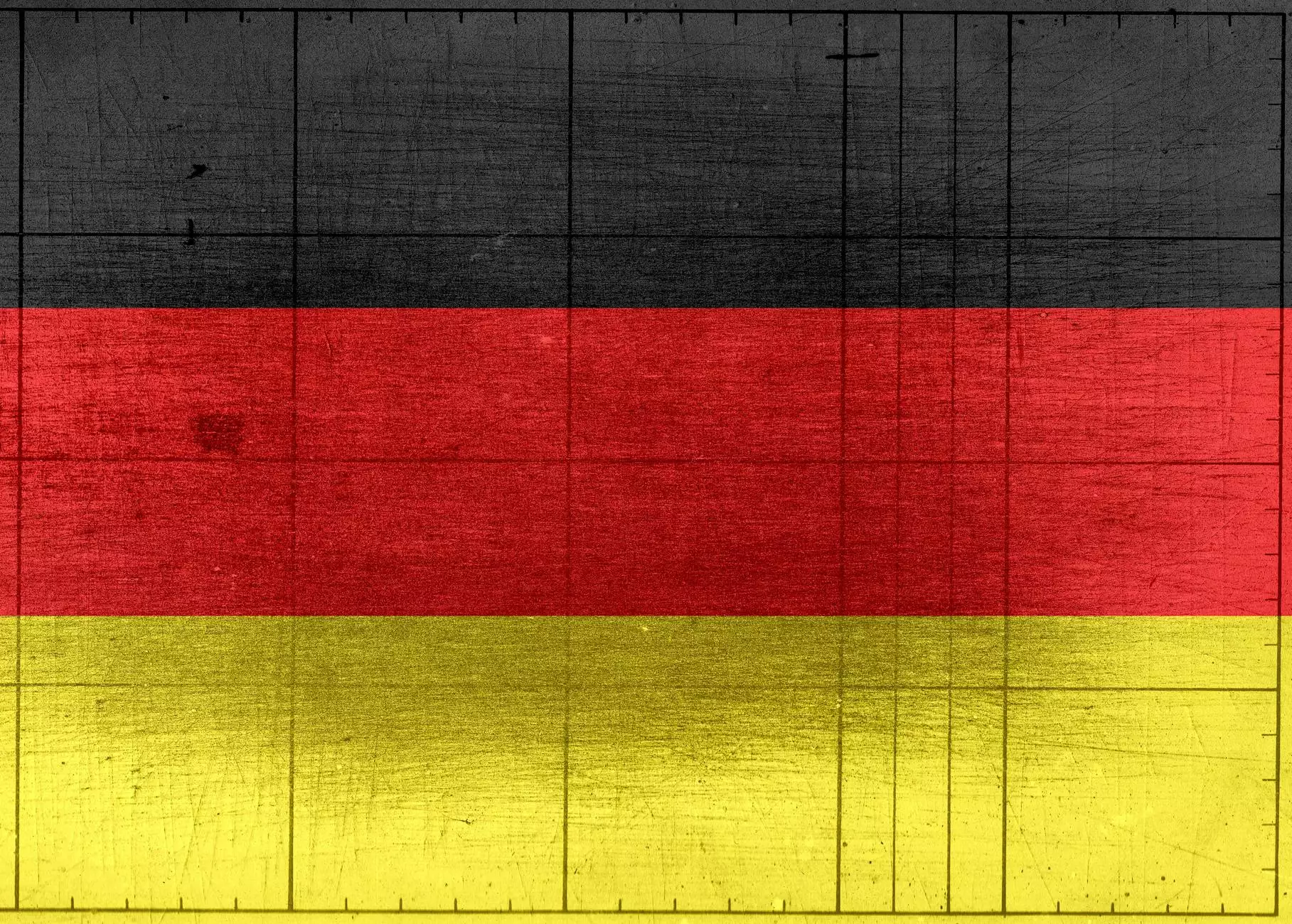Wave vs. Modified-Wave Scheduling
Services
Wave scheduling and modified-wave scheduling are two appointment scheduling systems commonly used in medical practices. Understanding the nuances of these systems is crucial for optimizing patient flow and maximizing operational efficiency.
What is Wave Scheduling?
Wave scheduling is a method where patients are scheduled to arrive at set intervals throughout the day, typically in "waves". For example, a practice might schedule patients to arrive every 15 or 30 minutes, creating a steady flow of patients throughout the day. This system aims to minimize wait times and maximize provider efficiency.
When Are Patients Scheduled in Wave Booking?
In wave booking, patients are allocated specific time slots within each wave. The idea is to ensure that each patient receives individualized attention while maintaining an efficient schedule. This method allows for better time management and reduces the likelihood of long wait times for patients.
What is Modified-Wave Scheduling?
Modified-wave scheduling is a variation of the traditional wave scheduling system. In modified-wave scheduling, additional buffer time is built in between appointments to account for unexpected delays or longer consultations. This flexibility can help accommodate emergencies or prolonged patient visits without disrupting the entire schedule.
A Disadvantage of the Wave Scheduling System
One of the disadvantages of wave scheduling is that it may lead to a backlog of patients if one appointment runs overtime. This backlog can disrupt the entire day's schedule and result in longer wait times for subsequent patients. Practices utilizing wave scheduling must carefully manage appointment durations to prevent such bottlenecks.
A Disadvantage of the Open Hours Scheduling System
On the other hand, a disadvantage of the open hours scheduling system is that it can lead to unpredictable patient flow and wait times. Without structured appointment times, patients may arrive in clusters, causing congestion and inefficiencies in the practice. This lack of schedule predictability can also make it challenging to allocate resources effectively.
Comparing Wave vs. Modified-Wave Scheduling
When comparing wave scheduling to modified-wave scheduling, it's essential to consider the level of flexibility required in your practice. While wave scheduling offers a more structured approach with consistent appointment intervals, modified-wave scheduling provides added flexibility to accommodate unforeseen circumstances.
Open Hours Scheduling Medical Definition
Open hours scheduling refers to a system where patients can walk in and receive care without a pre-scheduled appointment. While this system offers convenience for patients, it can lead to long wait times and operational challenges for providers. Practices implementing open hours scheduling must find a balance between accessibility and efficiency.
Conclusion
In conclusion, understanding the differences between wave scheduling, modified-wave scheduling, and open hours scheduling is crucial for optimizing patient care delivery in medical practices. Each system has its advantages and disadvantages, and choosing the right scheduling method depends on the unique needs of the practice and its patient population.









